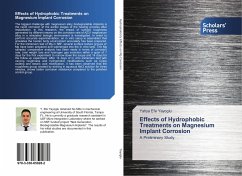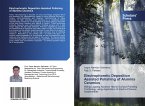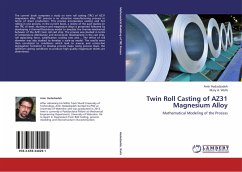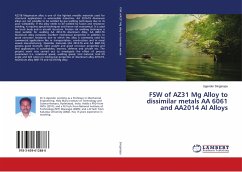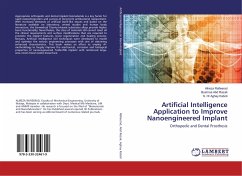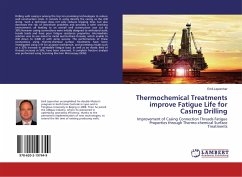The biggest challenge with magnesium alloy biodegradable implants is the rapid corrosion at the earlier stages of the healing process after implantation. In this research, the impact of surface roughness generated by different means on the corrosion rate of AZ31 magnesium alloy in a simulated biologic environment is investigated. In order to perform accurate experimentation, an in vitro setup is assembled that simulates the human body environment accurately has been prepared. For the immersion test of Mg in SBF, several surface texture groups of Mg have been prepared and submerged into the in vitro tank. The Mg samples' comparative analysis has been made in terms of corrosion rate, total weight loss and hydrogen gas evolution within a span of 7 days for the first experiment to narrow down the scope and 14 days for the follow up experiment. After 14 days of in vitro immersion test with varying roughness and hydrophobic modifications such as Cytop coating and stearic acid modification, it has been observed that the roughness group created by etching in aqueous NaCl solution for three minutes, shows better corrosion resistance compared to the polished control group.

